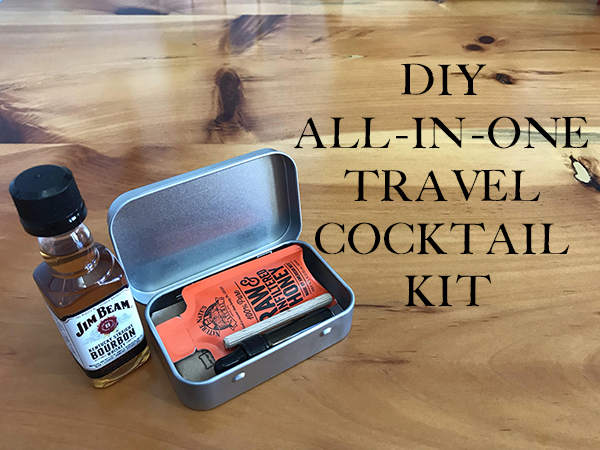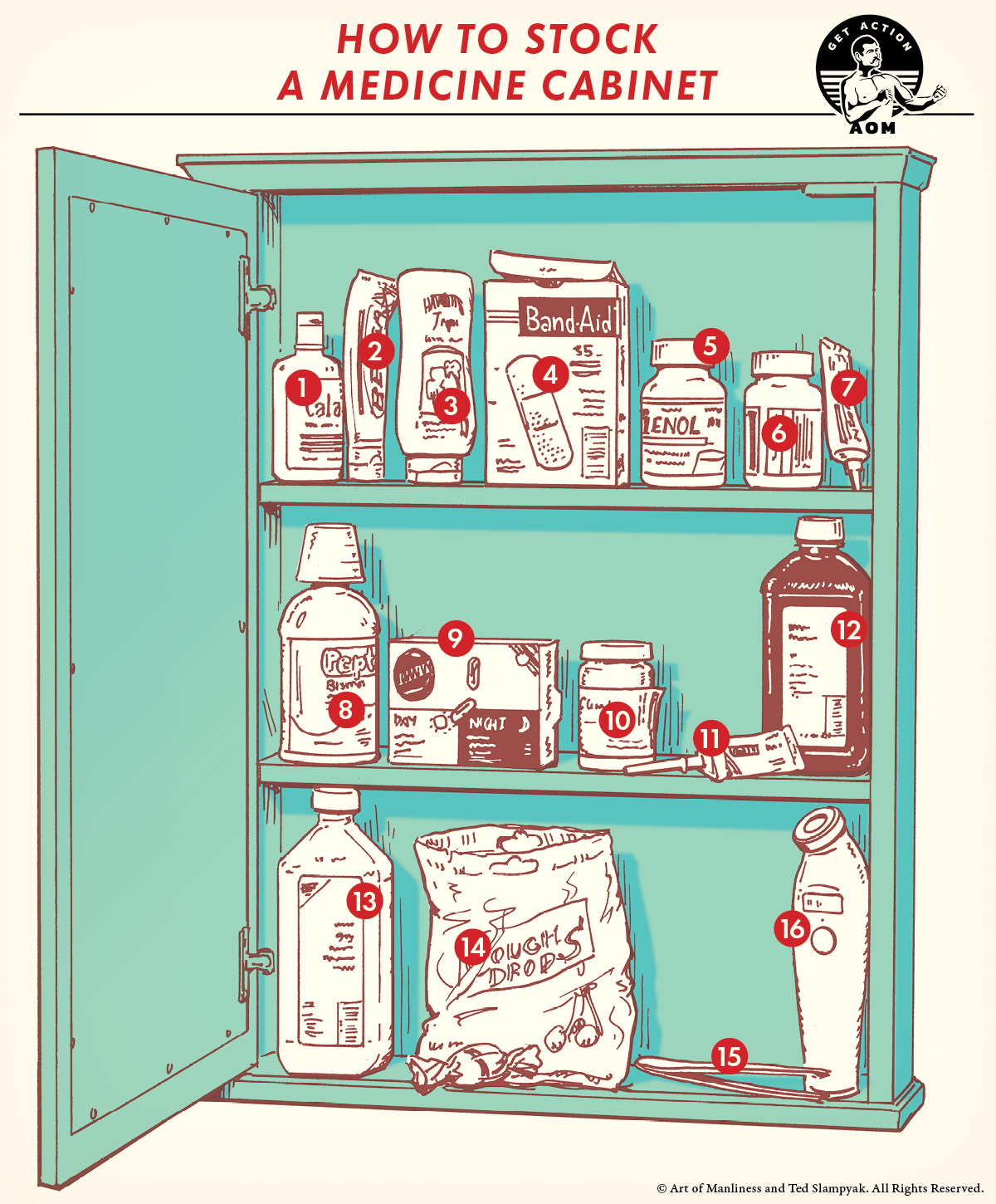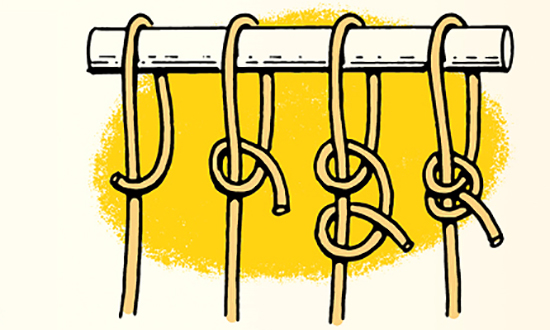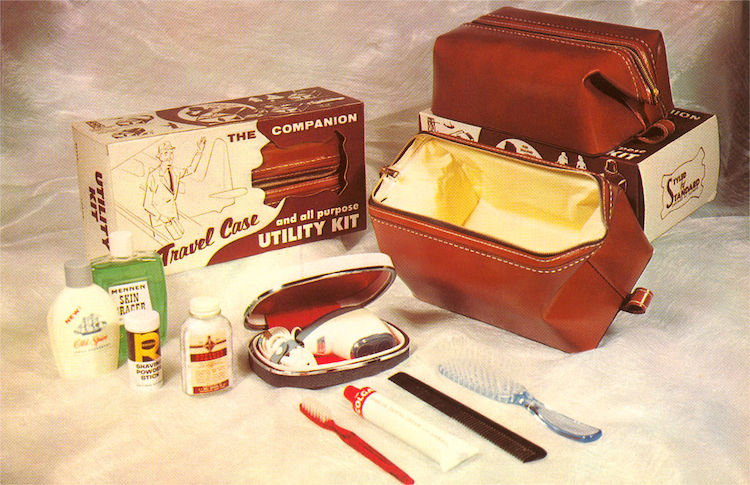
When you’re traveling, various maladies may beset you, and you won’t have your home’s well-stocked medicine cabinet at your disposal to remedy them. You can pack a full first aid kit, but if you’re traveling light, and are only concerned about issues that have a high likelihood of occurring, there are really only a few essential supplies you need to bring.
They make little travel-size packages of the below items, but it’s much more cost-effective to simply take a few of each item from the big bottles you have at home and throw them into a small ziplock bag or a container like an Altoids tin (one of the many handy ways they can be repurposed). Take note of what each pill looks like before you put them together; they all look different enough you shouldn’t have any trouble telling them apart later. Obviously, the longer your trip, the more replications of each item you’ll want to bring.
- Band-aids. For small cuts. To kill two birds with one stone, get the kind that has antibiotic ointment built right into the bandage’s pad.
- Blister bandages. When you’re on a trip, you’re often walking a lot more than you do back home. As a result, blisters can crop up on your feet. If one does arise, you’ll want to be able to pad it so you can keep on trekking.
- Ibuprofen. The stresses of travel and changes in environment (especially if you’re going up in altitude), can trigger headaches. And an increase in physical activity/the doing of different kinds of activities that often happens on trips can create bodily soreness. So always have plenty of pain relievers with you. We like ibuprofen over acetaminophen (Advil over Tylenol) as the former also addresses the inflammation that may be causing your feeling of squigginess.
- Sleeping pill. Research shows that you don’t sleep as well when you bed down in a new place. Neurologically, one hemisphere of the brain goes to sleep completely, while the other half actually sleeps more lightly and stays more active and responsive to noises. The phenomenon is known as the “first-night effect,” and it’s hypothesized to be an evolved survival tactic; because the brain isn’t sure of your bodily safety in a novel environment, it stays partly awake and vigilant in order to monitor for potential threats. Falling and staying asleep the first night or two on a trip can thus be a struggle, and a sleeping pill can help with that. The type of sleeping aid you take is up to your preference; we like something like Advil PM, as it both helps you sleep directly, and alleviates the aforementioned aches and pains that can arise on an activity-filled vacation, further contributing to a more restful sleep.
- Allergy medicine. The new flora in a place to which you travel can unexpectedly set off your allergies, so have a medication to treat them at the ready. You’ll probably want the non-drowsy variety (though Benadryl can double for the sleep aid mentioned above), so you can stay feeling peppy. The kind that dissolves in your mouth without the need for water is handy for on-the-go intake.
- Indigestion medicine. Exotic food, street food, simply dining out a lot . . . the way you eat while traveling can do a number on the digestive tract. So pack a medicine that can treat all the symptoms of indigestion from stomachache to nausea, like Pepto Bismol. The chewable tablet variety will be a lot more convenient than bringing a bottle of the liquid stuff.
Happy traveling.







